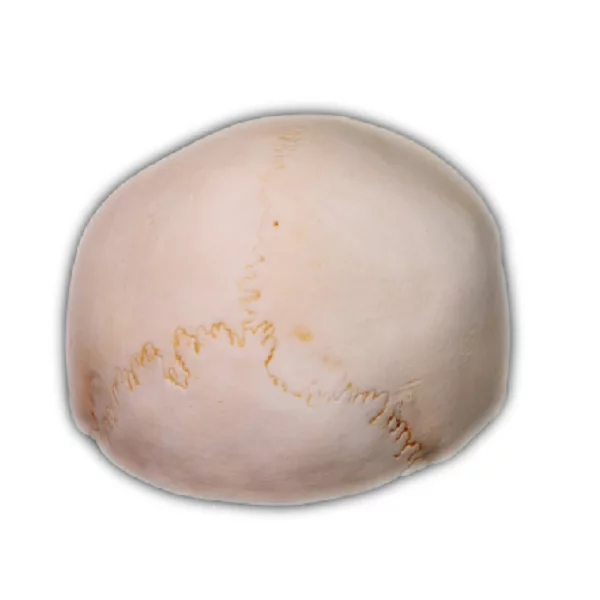In today’s rapidly evolving technological landscape, virtual reality (VR) has emerged as a game-changer in various industries. One area where VR is making significant strides is in anatomy education. By immersing students in realistic and interactive virtual environments, VR technology is revolutionizing the way medical professionals learn about the human body.
The Power of Virtual Reality Anatomy Education
virtual reality anatomy education offers an unparalleled learning experience for medical students and professionals alike. Through immersive simulations, users can explore the intricacies of the human body with unprecedented detail and precision. They can dissect virtual cadavers, manipulate organs, and even witness physiological processes unfold before their eyes.
This innovative approach to learning not only enhances understanding but also improves retention rates. Studies have shown that hands-on experiences through VR significantly increase knowledge acquisition compared to traditional textbook-based methods. Moreover, by allowing learners to repeat procedures or view complex anatomical structures from different angles, VR fosters a deeper comprehension of intricate concepts.
DIGIHUMAN: A Leap Forward in Virtual Anatomy
A notable advancement in virtual reality anatomy education comes from DIGIHUMAN – a cutting-edge software developed by leading tech company XYZ Tech Solutions. This groundbreaking platform combines high-resolution 3D imaging with haptic feedback technology to create an incredibly lifelike representation of the human body.
DIGIHUMAN allows users to interact with digital models that accurately mimic real-world anatomical structures and textures. With its advanced haptic feedback system, learners can feel resistance when manipulating organs or tissues virtually – providing a tactile element crucial for developing surgical skills and dexterity.
Furthermore, DIGIHUMAN integrates artificial intelligence algorithms that adapt to individual learning styles and provide personalized guidance throughout the educational journey. This tailored approach ensures that each student receives the support they need to excel in their anatomical studies.
AR Anatomy Professional Model: Bridging the Gap between Virtual and Physical
In addition to virtual reality, augmented reality (AR) is also making strides in anatomy education. The ar anatomy professional model, developed by XYZ Tech Solutions, combines the best of both worlds – a physical model with digital overlays.
This innovative tool allows students to examine a physical anatomical model while simultaneously viewing additional information through an AR headset or smartphone app. By overlaying labels, animations, or even real-time physiological data onto the physical model, learners can gain a comprehensive understanding of complex structures and functions.
The AR Anatomy Professional Model bridges the gap between virtual and physical learning experiences. It provides tactile feedback from manipulating a tangible object while offering dynamic visualizations and interactive elements that enhance comprehension and engagement.
Conclusion

Virtual reality anatomy education has transformed medical learning by providing immersive experiences that surpass traditional methods. With technologies like DIGIHUMAN and the AR Anatomy Professional Model pushing boundaries further, medical professionals can now acquire knowledge more efficiently than ever before.
As VR continues to evolve alongside advancements in artificial intelligence and haptic feedback systems, we can expect even more realistic simulations that will revolutionize how medical professionals are trained. The future of anatomy education lies within these technological innovations – empowering healthcare providers with unparalleled expertise for improved patient care worldwide.

